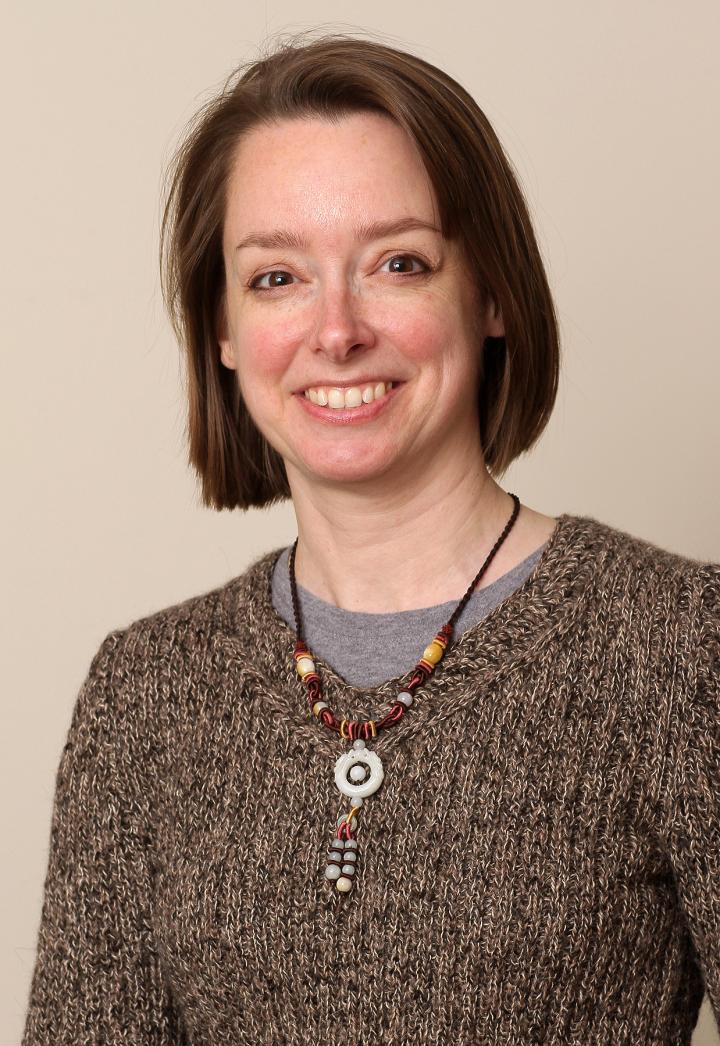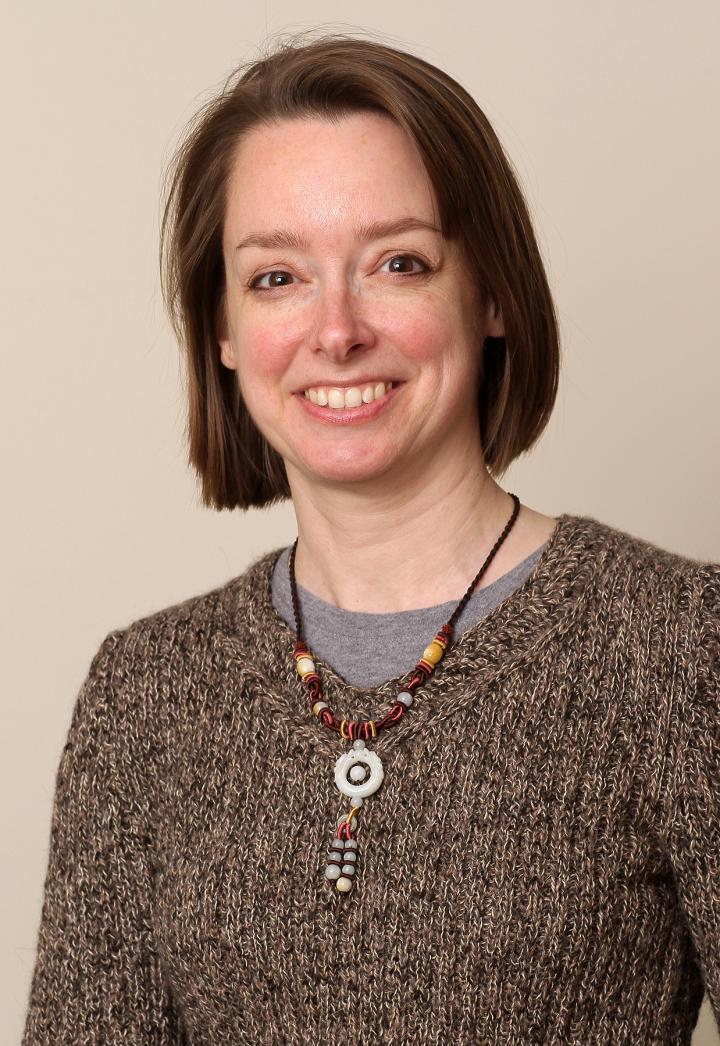
Columbus, Ohio – When retroviruses such as HIV infect a cell, they first make a copy of their RNA genome in the form of DNA. The relatively short viral DNA strand then moves to the cell nucleus, where it inserts itself into the host cell's DNA.
A new study led by researchers at The Ohio State University Comprehensive Cancer Center – Arthur G. James Cancer Hospital and Richard J. Solove Research Institute (OSUCCC – James) reveals details about how such viral DNA insertion complexes hunt for a suitable spot and how quickly insertion happens at the chosen site.
The findings could help improve treatments for HIV infection and make gene therapy safer and more efficient.
The researchers used Prototype Foamy Virus integrase as a model and two molecular microscopy techniques to record viral integration complexes traveling along stretches of target DNA in search of insertion points. (Integration complexes consist of viral DNA plus the enzymes that insert it into the host DNA.)
The integration complexes moved along the target DNA for distances of 1,500 DNA base pairs for periods of 2-3 seconds. When they found a sweet spot, insertion of the viral DNA happened in less than a half second – 0.470 second to be precise.
The study is published in the journal Nature Communications.
"We were surprised that the enzyme complex does so much searching," says co-corresponding author Kristine Yoder, PhD, assistant professor of molecular virology, immunology and medical genetics.
"Searching 1.5 kilobases of DNA is quite a distance, and 2-3 seconds is a long time in molecular terms to remain associated with the DNA."
Their data also showed that the viral integration complexes move along DNA like a nut on a bolt rather than sliding along like a washer.
The findings are important, Yoder explains. "The integration of retroviral DNA is a relatively uncommon event compared with the number of viral DNA copies found in infected cells. If we can understand why insertion doesn't occur more often, it might lead to new drugs that prevent retroviral infection.
"Our study suggests that the problem lies in the search for an insertion site and not the insertion itself," she says. "In addition, gene therapy involves searching and insertion events, so our findings might help make that process more efficient."
###
(Note: The study's first author, graduate student Nathan Jones, calculated that movement of the viral integration molecules across 1.5 kilobases of DNA would be equivalent to a six-foot human running the length of a football field in 2-3 seconds.)
This work was supported by supported by the National Research Foundation (grant no. 2011-0013901) and by the National Institutes of Health (grants AI099854 and GM080176).
Other researchers involved in this study were Nathan D. Jones, Miguel A. Lopez Jr., Jeungphill Hanne, Mitchell B. Peake and Richard Fishel, The Ohio State University; and Jong-Bong Lee, Pohang University of Science and Technology, Pohang, Korea.
About the OSUCCC – James
The Ohio State University Comprehensive Cancer Center – Arthur G. James Cancer Hospital and Richard J. Solove Research Institute strives to create a cancer-free world by integrating scientific research with excellence in education and patient-centered care, a strategy that leads to better methods of prevention, detection and treatment. Ohio State is one of only 45 National Cancer Institute-designated Comprehensive Cancer Centers and one of only four centers funded by the NCI to conduct both phase I and phase II clinical trials on novel anticancer drugs. As the cancer program's 306-bed adult patient-care component, The James is one of the top cancer hospitals in the nation as ranked by U.S. News & World Report and has achieved Magnet designation, the highest honor an organization can receive for quality patient care and professional nursing practice. At 21 floors with more than 1.1 million square feet, The James is a transformational facility that fosters collaboration and integration of cancer research and clinical cancer care.
Written by: Darrell Ward, Assistant Director for Cancer Communications
614-293-4833 or [email protected]
Media Contact: Amanda J. Harper, Director, Media Relations
614-685-5420 or [email protected]
Media Contact
Amanda Harper
[email protected]
614-685-5420
http://medicalcenter.osu.edu/Pages/index.aspx





